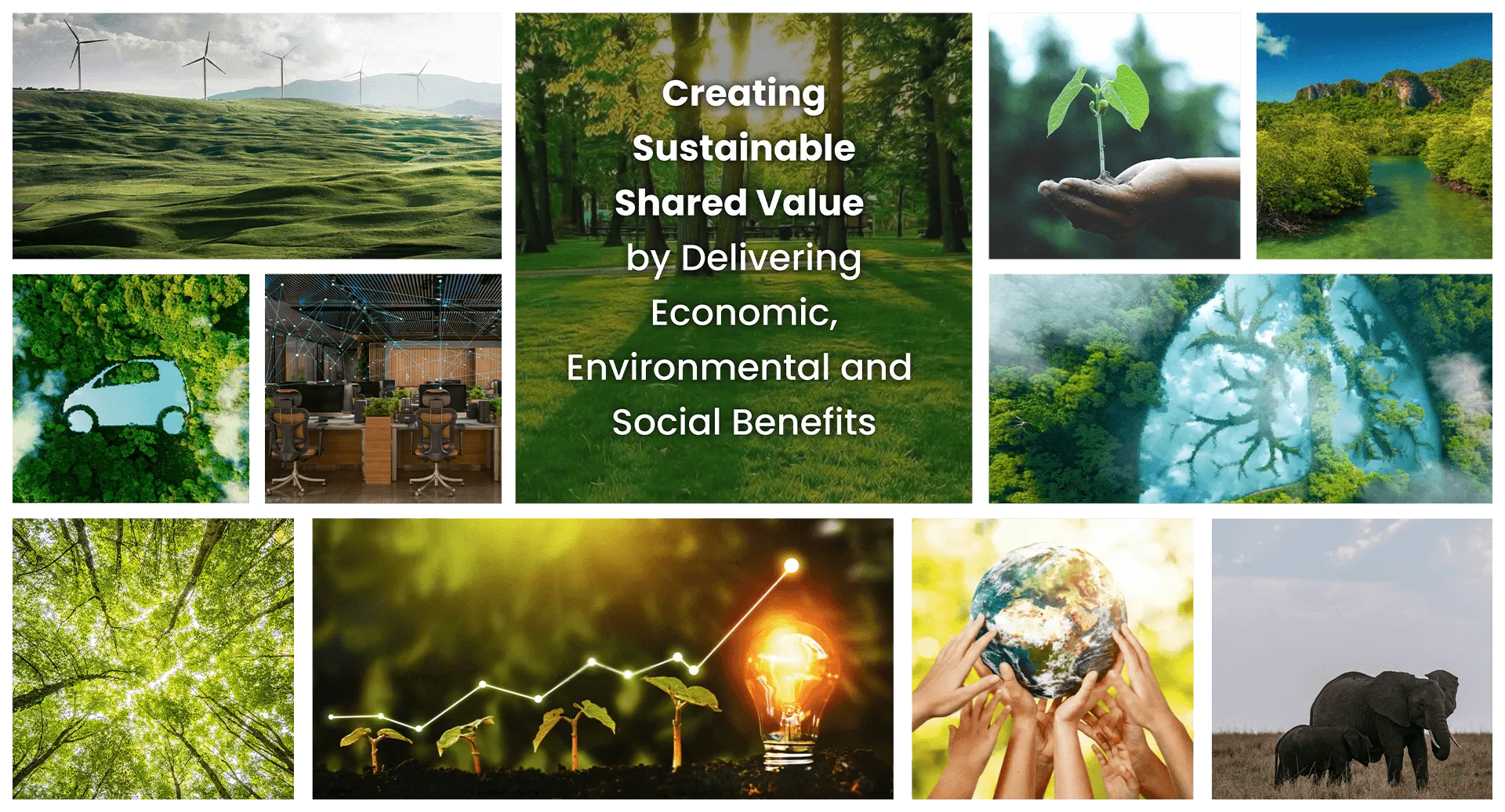
Carbon Neutral Project
Climate action is a key focus area in the bank’s sustainability agenda. With the goal of proceeding towards Carbon neutrality, the bank engaged the verification body ‘Sri Lanka Climate Fund’ (SLCF) to ascertain the bank’s ‘Carbon Footprint’.
The key objectives are to identify & rectify excessive energy usage and other inefficiencies and the best practices for operating in the most sustainable and climate friendly way possible.
Key internal stakeholders including the CEO & leadership team were trained by the GHG Expert - Dr. Lalith Senaweera, retired Director General/CEO of the Sri Lanka Standards Institution (SLSI) and GHG Verifier - Gayan Madusanka, GHG Validation and Verification Division, Sri Lanka Climate Fund (PVT) Ltd.
Life to Our Mangroves
NDB partnered with ‘Biodiversity Sri Lanka’ (BSL) to restore 1 Hectare of degraded mangrove forest in the Anawilundawa wetland sanctuary, within a period of 5 years, generating multiple environmental as well as socio-economic benefits.
The project ‘Life to Our Mangroves’ is a public-private community partnership and activities are guided by IUCN’s global nature-based solutions standard.
Overall, the intervention will enhance the resilience of the mangrove ecosystem, its capacity for renewal, and the provision of ecosystem services, whilst contributing to the socio-economic development of local communities.
Education for Conservation
The bank continued its partnership with the ‘Wildlife & Nature Protection Society of Sri Lanka' (WNPS), to inspire a new generation of environmentally conscious leadership and practices amongst all Sri Lankans.
The ‘Education for Conservation’ program comprises awareness sessions, field trips and launching of sustainability projects within schools. The awareness sessions address contemporary environmental issues in the country such as deforestation, climate change, pollution, and the need for human-wildlife co-existence.
A new and unique focus area was the 'deepdive' sessions which focused on producing scientific reports. These sessions were tailor-made for the students who wanted to go deeper in this field.
The field trips are curated to provide the students with an opportunity to connect and appreciate the natural world first-hand. Field trips to the Wilpattu, Horton plains, Bundala, Udawalawe and Wasgamuwa National Parks have been successfully concluded.
Reforestation to Support Climate Action
The bank continued the reforestation project in the ‘Hibiliyakada Forest’ in partnership with the ‘Department of Forest Conservation’ (DFC).
The ‘Hibiliyakada Forest’, located in the Laggala Range in Matale District is a lowland rain forest where around 85 hectares of the forest has degraded due to the spreading of ‘Gini’ grass and forest fire.
The bank together with the DFC planted 3,000 plants covering 05 hectares. The plants include a variety of plants native to the natural ecosystem in the area.
The mission of the bank is to combat deforestation and protect our biodiversity which is vital for the existence of all forms of life.
Preserving the Unique Biodiversity of Pitawalapathana
Pitawalapathana is universally recognized for its unique biodiversity including amphibians, small mammals, lizards and many endemic flora and fauna species such as Watessa, Binara, Kandulessa, Nilmonaressa and Pathan Ala. One of the most fascinating species in this area is the carnivorous plant species such as Kandulessa and Watessa.
However, one of the main challenges faced is the encroachment of alien invasive plant species that disturb the delicate balance of this ecosystem.
Identifying the need for immediate and appropriate action, the bank volunteered and assisted the ‘Department of Forest Conservation’ (DFC) to remove the invasive plants at Pitawalapathana covering an area of 10 hectares.